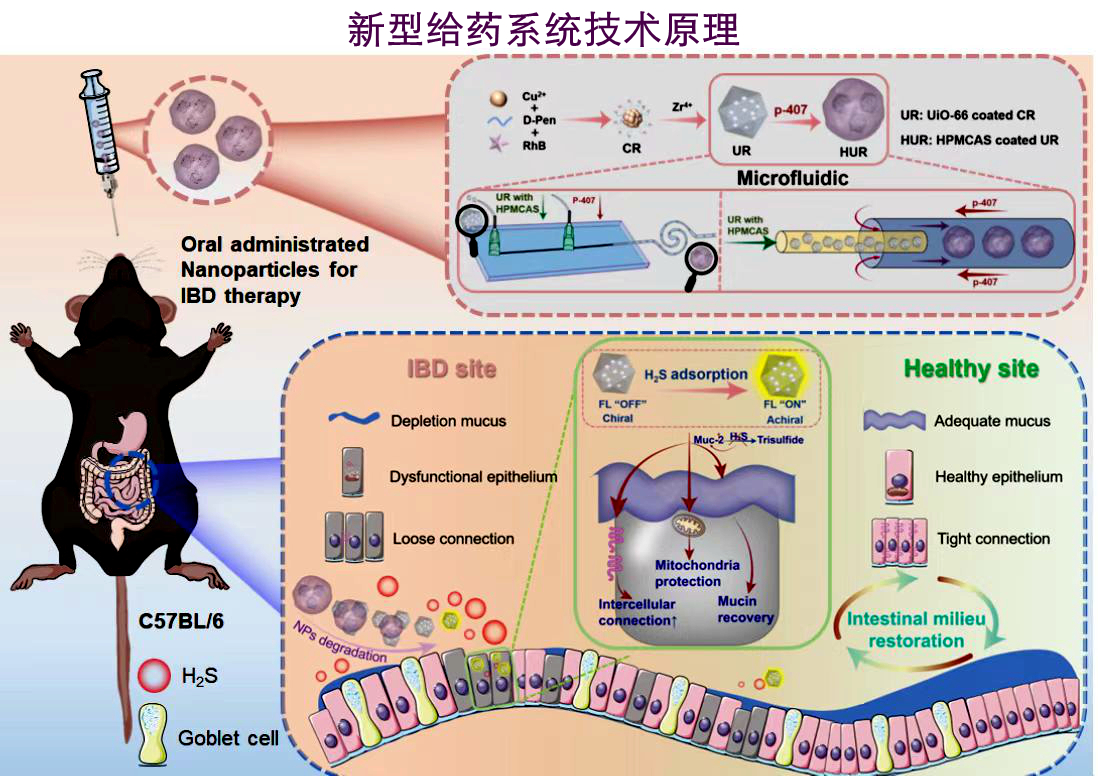
Founded in 1895 as Peiyang University, Tianjin University is the oldest institute of higher education in China, and pioneered the development of modern Chinese education.



Founded in 1895 as Peiyang University, Tianjin University is the oldest institute of higher education in China, and pioneered the development of modern Chinese education.

Tianjin University adheres to the mission of training high caliber talents with innovative abilities, and has had considerable success in the training of high-level specialists in various fields.

Tianjin University constantly refines and optimizes the structure of academic disciplines, and has set up 61 undergraduate programs, 35 master degree programs, and 27 doctoral degree programs.

A rich campus life awaits all those who come to Tianjin University. An integral part of our mission to train talented graduates is providing a fertile environment for students to develope their social, cultural, sporting and artistic lives.

A new oral delivery system sheds light on nano drug treatment of intestinal disease. It was developed by Associate Prof. Li Nan’s group from the School of Pharmaceutical Science and Technology in cooperation with Professor Voigt Adam from Mendel University in Czech Republic. Their research result was published in the journal of Advanced Materials.
Inflammatory bowel diseases (IBDs) are chronic intestinal inflammatory diseases that occur worldwide and influence millions of people. The occurrence of IBDs is strongly related to intestinal milieu disorders including mucosa destruction, epithelium disruption and tight junction (TJ) proteins loss. Conventional interventions, such as surgery and anti-inflammatory medications, are now considered not completely effective because of low efficiency, frequent recurrence and other complications.

Prof. Li’s research group innovatively adopted the therapeutic strategy of scavenging toxic substances to repair the intestinal milieu and established the new oral delivery system. This is how the system works. The esterified hydroxypropyl methylcellulose acetate is used as the casing material to provide protection for multifunctional nano platform and help the delivery probe pass over the strongly acidic gastric fluid, so as to make the probe intact into the weakly alkaline intestinal tract for release. In animal experiments, the new oral delivery system has exhibited notable therapeutic efficacy, including mucosa recovery, epithelium integrity restoration, prevention of intestinal barrier damage and microbiome dysbiosis, thereby restoring the intestinal milieu balance. Compared with conventional medications, this therapeutic strategy can better alleviate intestinal inflammation.
“Currently, cutting-edge therapies for IBDs focus on the elimination of intestinal pathogenic reactive oxygen species and proinflammatory factors reduction, but our research innovatively apply the concept of ‘harmful gas adsorption’ in the environmental field to disease treatment,” said Li Nan, head of the research, “In the future, researchers can take this work as a reference to explore more therapeutic targets and develop more efficient and functional medications.”
By Fang Yidan
Editor: Eva Yin